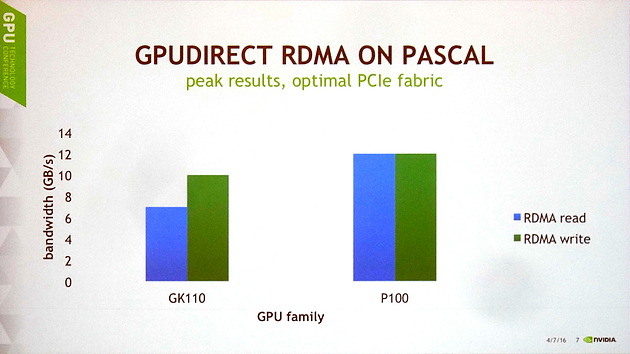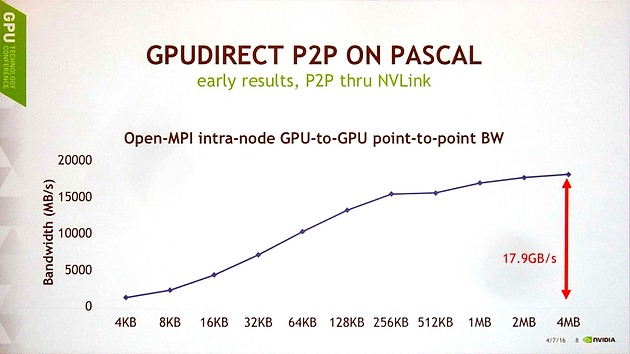I'll be surprised with 8GB of GDDR5. That doesn't seem like it could meet the performance. On a 256-bit bus, you're limited to 224 GB/sec (256/8*7), exactly what the existing 970 has. You're going to increase flops by 80+% and keep the bandwidth the same? Sure the increased register file and L2 cache size will help, but not that much.
It would be more believable if it were a 6GB GDDR5 board with a 384-bit bus like GM200 which would provide 336 GB/sec. That I could believe.
However, the follow up question is: Is the GDDR5x PHY backwards compatible? Meaning, can I hook up GDDR5 chips to a GDDR5x GPU? As the 1080 and 1070 would both be coming from the same GP104 chip, I doubt we'd have two different PHY's on chip.
It would be more believable if it were a 6GB GDDR5 board with a 384-bit bus like GM200 which would provide 336 GB/sec. That I could believe.
However, the follow up question is: Is the GDDR5x PHY backwards compatible? Meaning, can I hook up GDDR5 chips to a GDDR5x GPU? As the 1080 and 1070 would both be coming from the same GP104 chip, I doubt we'd have two different PHY's on chip.



